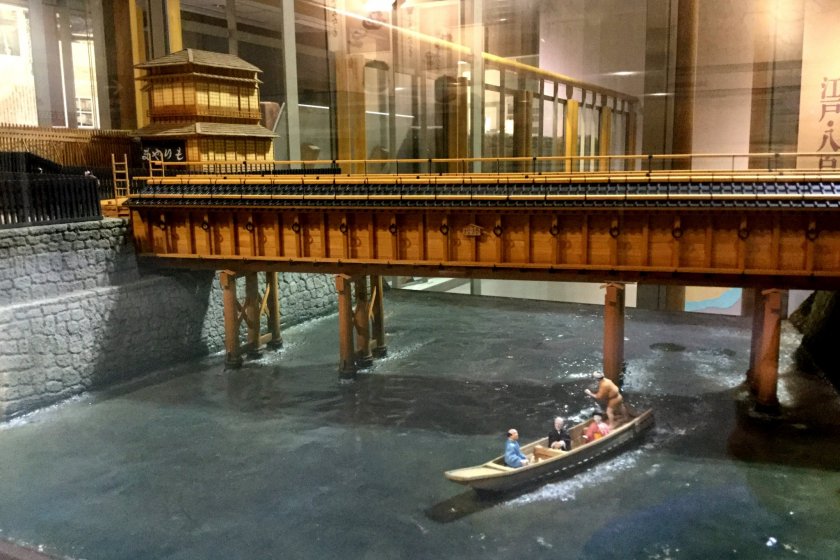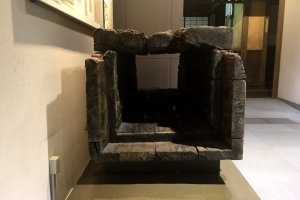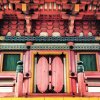Yushima, hot water island. Ochanomizu, tea water. Suidobashi, waterworks bridge. Today, many places in the center of Tokyo bear names which indicate their relationship to the water supply of Tokyo. The Tokyo Waterworks Historical Museum reveals the growth of the city and demand for safe water that Edo, now Tokyo, has experienced for the last 400 years.
It all started in 1590 when Shogun Tokugawa Ieyasu selected Edo as the location for his military quarters. Then, Edojuku was a village with a few hundred houses at the lower reaches of rivers that flowed from the Musashino Plateau to the west. The water supply would need a lot of improvement as the wells close to Tokyo Bay only pulled up salt water. Rivers would need to be diverted, and canals dug to direct water to the settlement. The Shogun ordered his builders to start a public works project that would transform the village of a few hundred people into a world capital with a population over a million.
The museum has two floors of exhibits. On the second floor are dioramas, artifacts, and recreations of houses and shops to illustrate how water was brought into the new capital. Full size reproductions of a well, and dipper on a long pole and nearby outhouses give a sense of the lifestyle of the common people. If you’re thirsty, have a drink at the modern water fountain located just beyond the exhibits.
On the first floor, displays document how the city of Tokyo coped with a growing population while enduring droughts, earthquakes and fires. Here you will see reproductions of ornate public fountains and troughs, and the pipe technology used to modernize the water system.
Today, when you open a faucet in Tokyo, the water has passed through stringent tests to ensure that it has the best quality of clarity and smell, and most importantly meets strict safety protocols. There is no need to buy bottled water when you can drink it safely from the tap.
The Tokyo Waterworks Historical Museum displays are all in Japanese. At the reception, receive an audio guide in English, Korean, Chinese or Japanese. Admission to the museum is free.
































